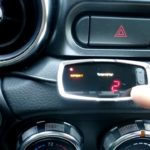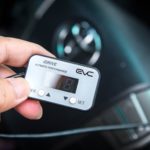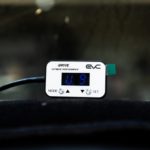Up until recently, most vehicles, including Toyotas featured pretty simple throttle controls. You simply step on the gas pedal, the throttle opens up, air flows into the engine, where it’s burned together with fuel. The burning gases propelled the vehicle forward. If you wanted to go faster, you just stepped on the gas pedal harder, making the throttle open wider, resulting in more power. In the past few decades, however, many vehicles shifted to electronic throttle controls, which use electronic rather than mechanical signals to open the throttle. This means that when you step on the accelerator pedal, rather than opening the throttle, you activate the gas pedal module that converts the pressure you place on the pedal into an electric signal, which is sent to the electronic control unit. The electronic control unit takes calculates your inputs, as well as other variables to open the throttle for optimum efficiency and performance.

The entire system is rather complex, but it offers a ton of benefits to performance, efficiency and plays a huge role in improving engine wear. However, just like any system, it has its faults, and many Toyota owners are sceptical about getting a Toyota electronic throttle control. Common questions are whether there are fail-safes and can outside signals interfere with the ETC.
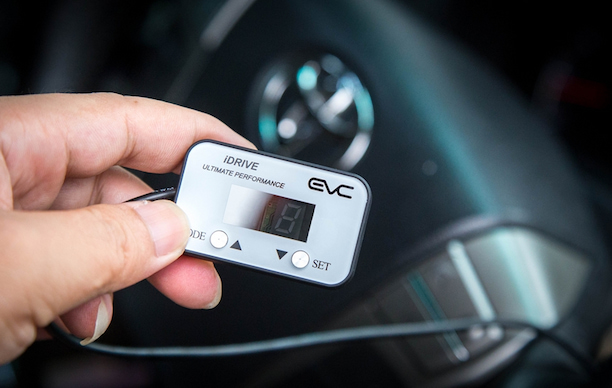
Advantages of Electronic Throttle Controls
Many people think that adding an electronic throttle control just makes things more complicated. While that’s partially true, they also add quite a few advantages. The first and most notable advantage is that they decrease maintenance. Since mechanical systems feature a lot of moving parts, they’re prone to wear. Over time, most of the wearing parts will wear out. On the other hand, electronic throttle control systems feature very few moving parts, since they send the pedal input to the throttle through electric signals.
Back in 2009, Toyota had to recall a lot of vehicles due to acceleration control problems from their electronic throttle control systems for which the devices received a lot of negative press. However, you’d be surprised to find out that Toyota electronic throttle control systems add quite a few safety advantages over their mechanical counterparts. In mechanical throttle control systems, the throttle only takes the driver’s output to decide how far it opens. With electronic throttles, the main control unit reads up the input from the pedal, the steering system, the brakes, the wheels, etc. allowing the driver to correct errors and keep the vehicle under control. Simply put, electronic throttle controls help balance a few factors that impact your vehicle’s direction and speed. On top of that, electronic throttle controls are a crucial part of a lot of cruiser control systems.
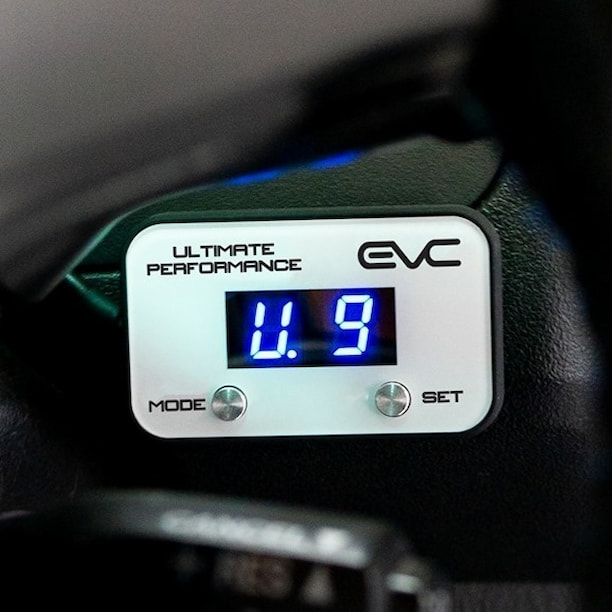
Concerns Regarding Outside Signal Interference
If you’re driving the route you generally take to work and your car suddenly starts surging through traffic. That’s what some people claim has happened to them as the result of using an electronic throttle control. According to automotive engineering experts, electromagnetic interference can cause the ETCs to malfunction. People blame interference from power lines and cell phones as the primary causes for short circuits in the ETC, resulting in unintended acceleration. And while that is technically possible, it’s highly unlikely. But even then, most manufacturers have taken extra steps and placed them in failsafe modes to keep users safe.
Failsafe Modes
Like any complex system, ETC systems feature failsafe modes. These are specifically designed as backups and redundancies to keep the ETC operational or provide a safe shutdown in case things go south. Typically, at the first sign of a malfunction, most ETCs are designed to close the throttle and make the engine idle. For instance, if the ECU detects an issue with the sensor, your engine will revert to idle, preventing the throttle from opening. There are other redundancies present in the system. For instance, there’s rarely just one sensor to detect the inputs and factors. Each sensor position features two sensors, and if one of them malfunctions or both sensors provide different readings, the system will idle the engine and close the throttle.
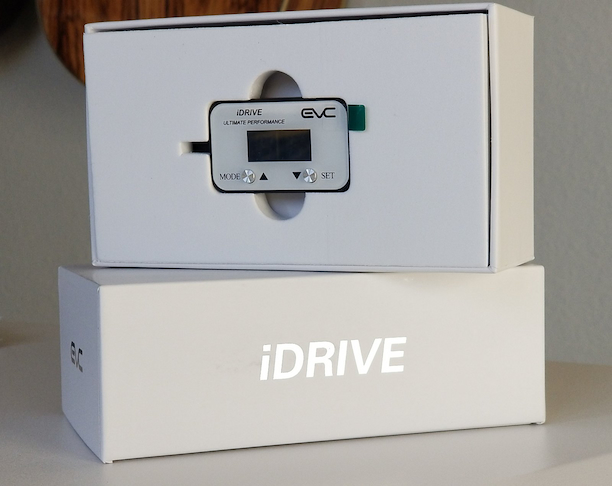
And regarding outside interferences resulting in short circuits or power surges, you’d be happy to know that most ETCs use smart throttle motors which acts like the final gatekeeper the electric signal needs to pass before the throttle opens or closes. If the motor detects signals or voltage that doesn’t come from the engine control module, it will turn the engine off. So if electromagnetic interference can affect ETCs, the control system will shut down rather than surge ahead.
However, keep in mind that even the most advanced throttle control systems aren’t problem-free. Instead, they’ve been designed with several failsafe modes that prevent unexpected acceleration and engine surges. At the end of the day, if something does happen and the throttle opens up on its own, you can just press the brakes and close it.


